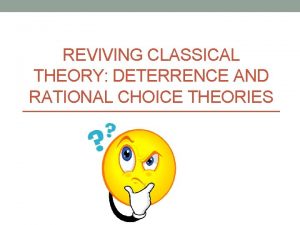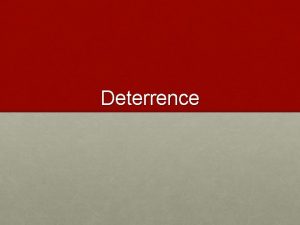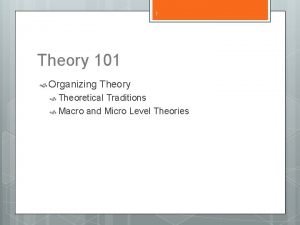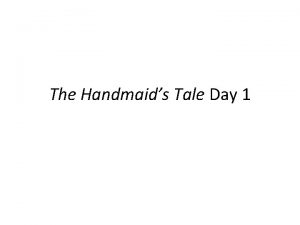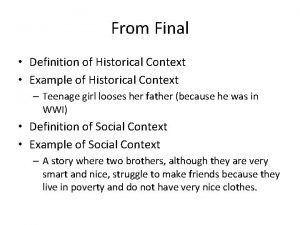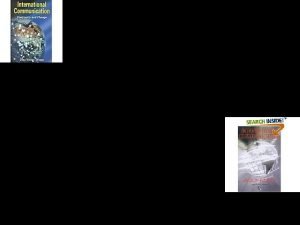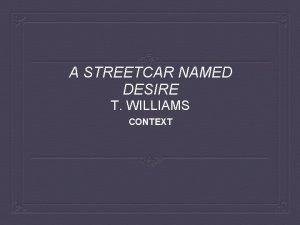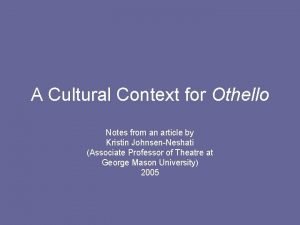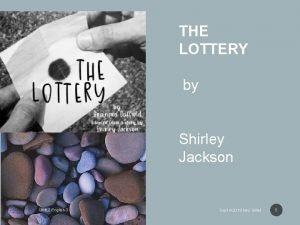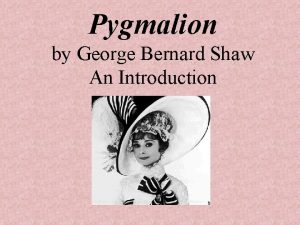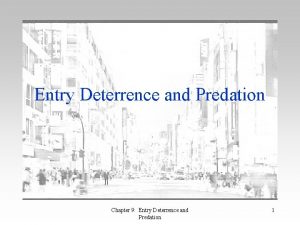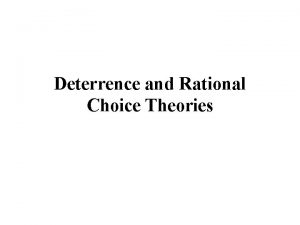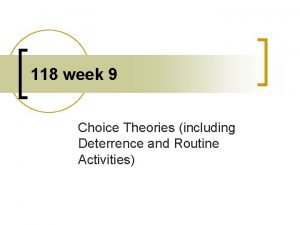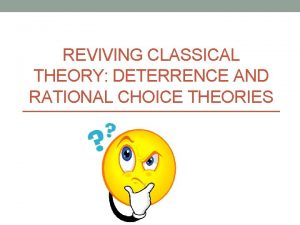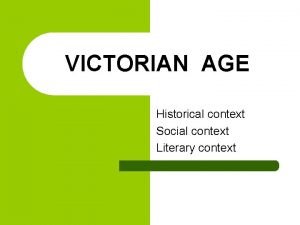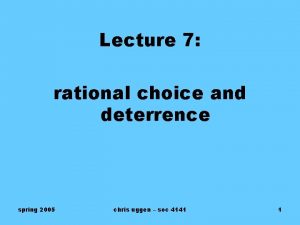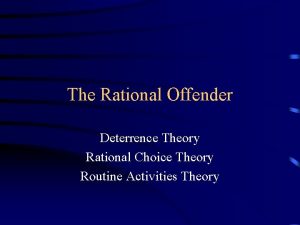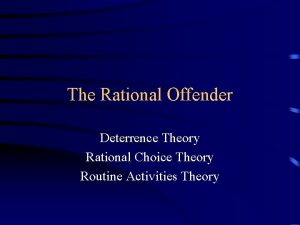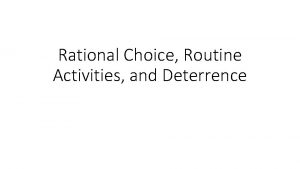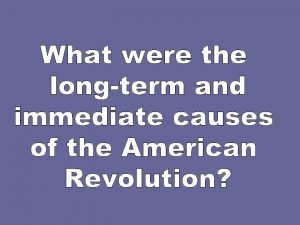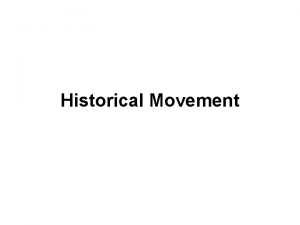Choice Theories Historical Context of Choice Theories Deterrence





















- Slides: 21

“Choice Theories” Historical Context of Choice Theories Deterrence Theory Rational Choice Theory Routine Activity Theory 1

The Classical School of Criminology The Age of Enlightenment (1750 -1850) Beccaria: Rational Punishment System Hedonistic Calculus, path of least resistance Possible to control behavior through formal punishment Bentham: Utilitarian System Goals = prevent or reduce seriousness of criminal offenses as cheaply as possible 2

REBIRTH in the 70’s and 80”s Martinson Report and the “nothing works” attack on rehabilitation Thinking About Crime by James Q. Wilson attacks view that crime is a function of external forces Wilson proposes a forceful reaction to crime, otherwise, those sitting on the fence will get the idea that “crime pays” 3

Deterrence Theory ASSUMPTIONS Hedonistic Calculus Punishment Can Control Behavior All Individuals Recognize Opportunity and Evaluate Risk and Reward Equally Fear of formal punishment is the only restraint for crime 4

General Deterrence As the severity, certainty, and swiftness of formal (state sanctioned) punishment increases, criminal behavior decreases. Absolute vs. Marginal Effects 5

Objective Measures of Severity Death Penalty Average Sentence Length Average “Time Served” Evidence? Very Weak if Any 6

Objective Measures of Certainty Arrest rates (clearance rates) Possible “tipping effect” for large metropolitan areas (SMSA’s) if clearance rates exceed 30% Percent of Arrests Resulting in Convictions 7

Manipulation of Certainty The Kansas Preventative Patrol Experiment Sameul Walker’s “mayonnaise” theory of police patrolling. But, “saturation patrols” may be effective Police “crackdowns” Short term effects, displacement. 8

Perceptual Measures of General Deterrence Ask people: What are the odds that you would get apprehended if you did _____ How severely would you be punished if you did _____ Those who think the odds of apprehension are high and the penalties are severe should be less criminal (Largely an “EXPERIENTIAL” Effect). 9

SPECIFIC DETERRENCE Individuals who are caught and sanctioned by the criminal justice system will be less likely to re-offend Does prison reduce recidivism? Do “deterrence based” programs reduce recidivism? BOOT CAMPS INTENSIVE PROBATION 10

Minneapolis domestic violence study (Larry Sherman) Randomly assign d. v. strategies to police officers Arrest, Counsel, or Separate for 8 hours Findings: Arrest = 10% re-arrested after 3 months Counseling = 19% Separate = 24% 11

Why is the deterrence evidence so weak? Based on “weak” theory—weak assumptions Limits of deterrence in a democratic society MARGINAL vs. ABSOLUTE 12

Informal Sanctions Fear of Informal Sanctions is not “Deterrence theory. ” However, formal sanctions may “kick in” informal sanctions. 13

John Braithwaite Crime, Shame and Reintegration Shame that stigmatizes Shame that reintegrates 14

“Rational Choice Theory” Other side of the “deterrence coin” Same assumptions, same logic Difference = focus on offender’s mindset/reasoning rather than specifically on formal punishment Key Question? How rational is the decision to commit crime? 15

Rationality “Pure rational” model Crime is committed only when the expected utility outweighs the risk. “Limited rational model” What “structures” or “limits” rationality? Temperament, peer group, moral beliefs… Problem = no longer “rational choice” 16

Criminal Event versus Criminal Involvement Criminal Event (offense specific) When selecting targets or planning crimes, how rational are offenders? Criminal Involvement (offender specific) Do criminals weigh the costs and benefits in choosing “crime” versus “non-crime? ” 17

The Criminal Event Some evidence of rational calculation choosing place of crime choosing specific targets methods to avoid apprehension BUT: Also evidence of non-rational “calculations. ” Overestimate the benefits (the “big score”) Underestimate (or don’t consider) risk 18

Criminal Involvement Do people make a rational decision to start engaging in crime? Weigh costs and benefits of crime to “noncrime? ” Most rational choice theories severely limit rationality in this respect They focus instead on things that constrain rationality 19

Policy Implications of RCTand Deterrence (Offender Specific) Rehabilitation, (unless painful) won’t work Raising the certainty, swiftness or severity of penalties will work If system cannot be swift, severe and certain, then reduce opportunities for offending incapacitation 20

Implications of a rational criminal event (Offense Specific) model Apply “Routine Activity Theory” Situational Crime Prevention Target hardening The “club” Unbreakable glass in stores City planning (construction) Lighting Avoid schools near shopping areas 21
 Reformative theory
Reformative theory Specific deterrence
Specific deterrence Specific deterrence
Specific deterrence Nn identity
Nn identity Social and historical context of romeo and juliet
Social and historical context of romeo and juliet Context the handmaids tale
Context the handmaids tale Social context definition
Social context definition Historical context communication
Historical context communication Tennessee williams context
Tennessee williams context Social context of othello
Social context of othello The lottery'' vocabulary worksheet answer key
The lottery'' vocabulary worksheet answer key The crucible sociogram
The crucible sociogram Pygmalion historical context
Pygmalion historical context Lord of the flies historical context
Lord of the flies historical context Background information on to kill a mockingbird
Background information on to kill a mockingbird A doll's house context
A doll's house context Sir gawain medieval romance
Sir gawain medieval romance Shakespeare historical context
Shakespeare historical context Beowulf historical context
Beowulf historical context Pride and prejudice historical context
Pride and prejudice historical context Gatsby historical background
Gatsby historical background Beowulf background information
Beowulf background information
